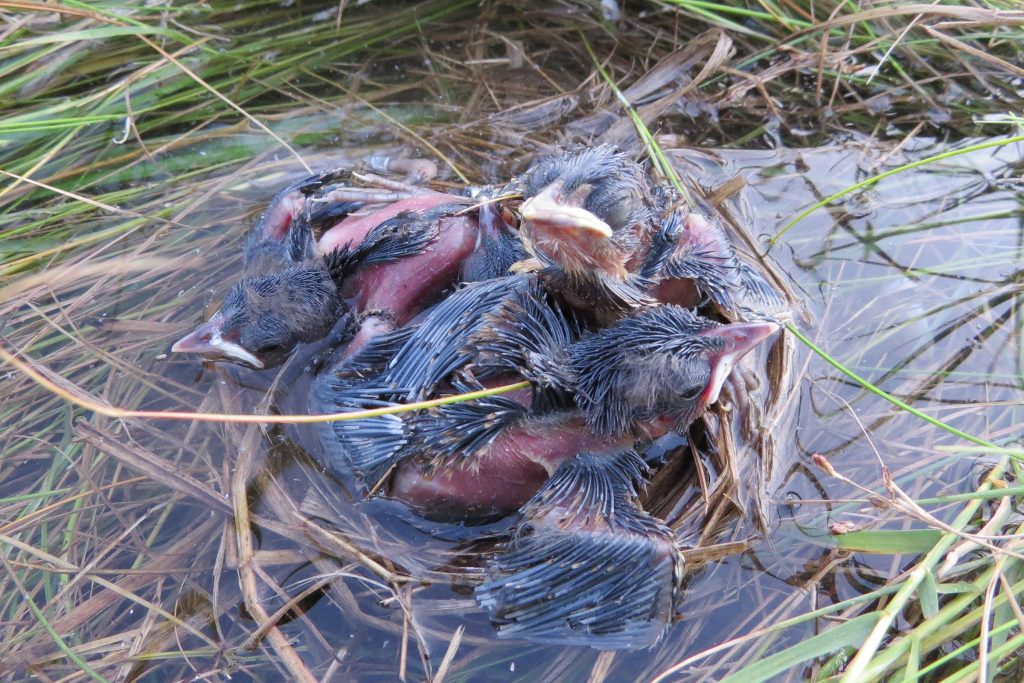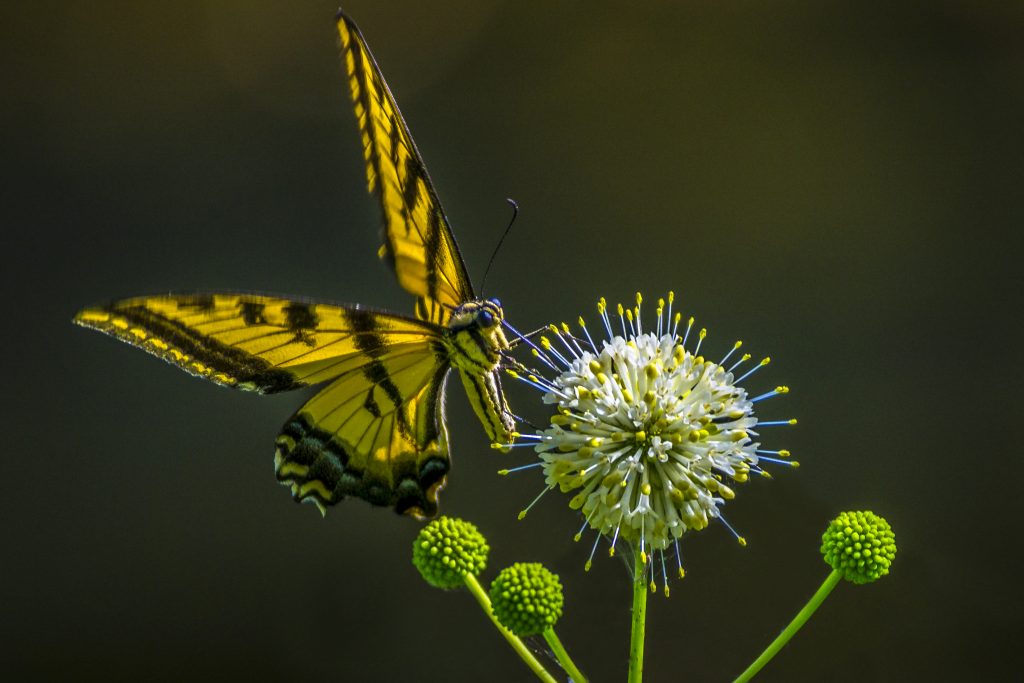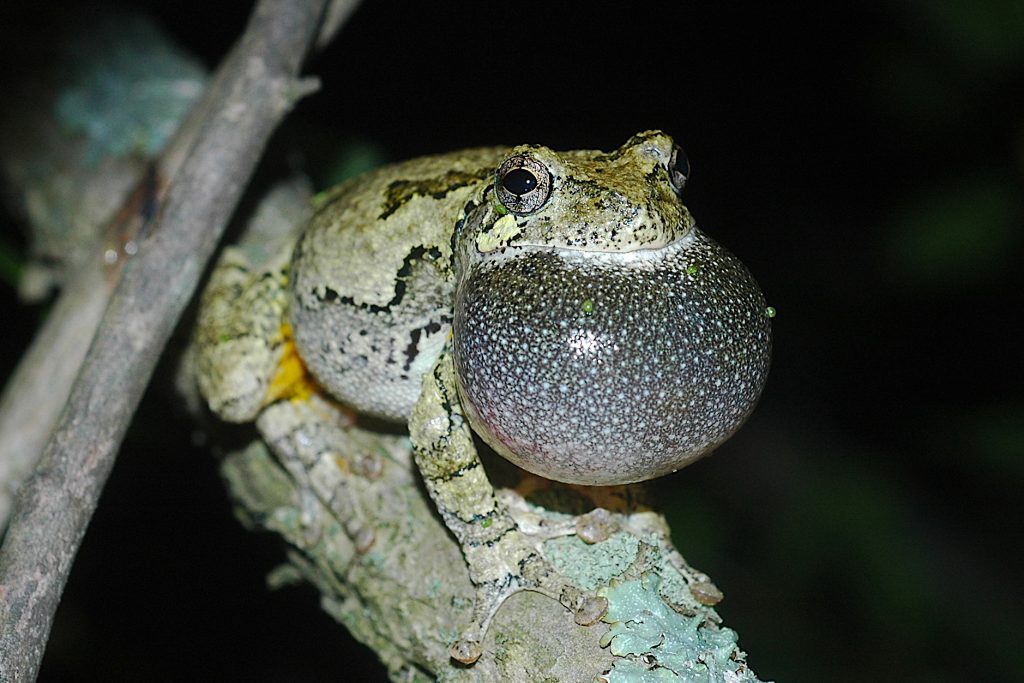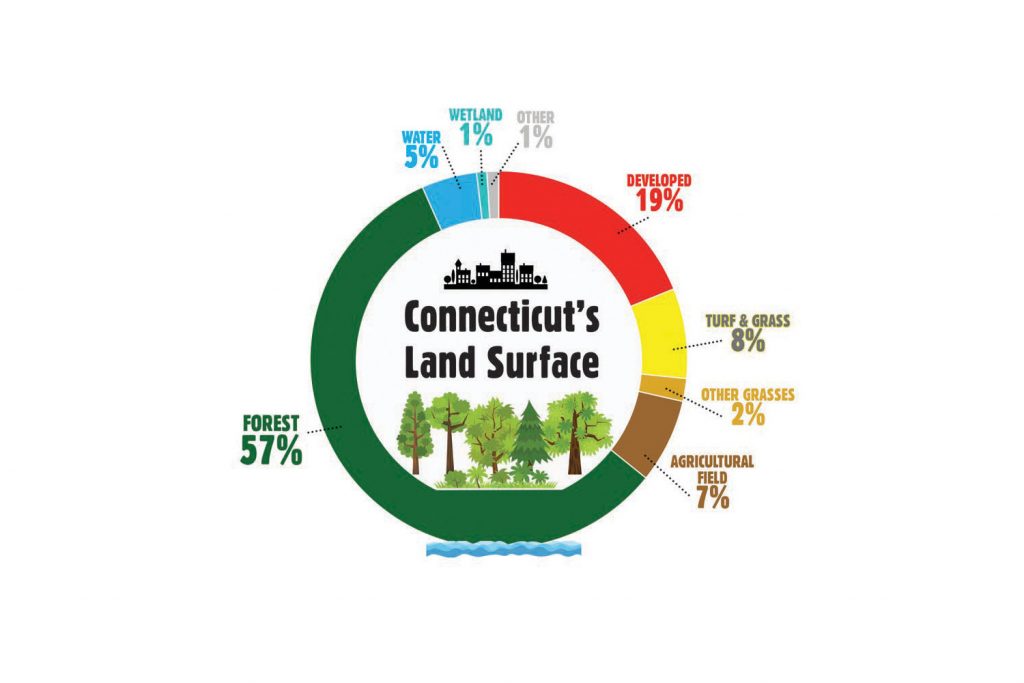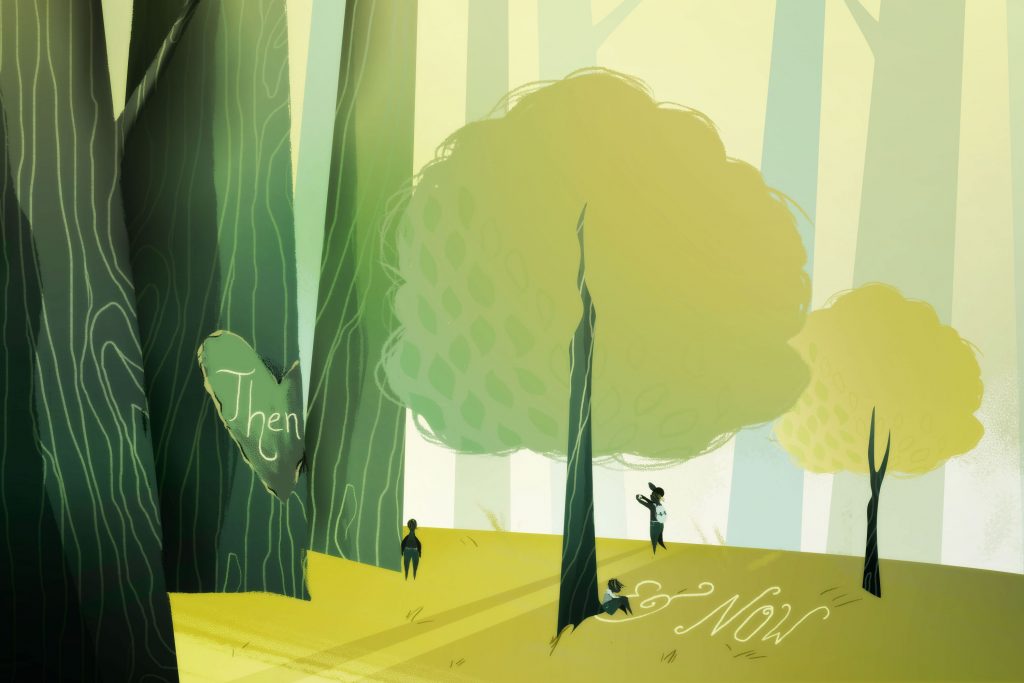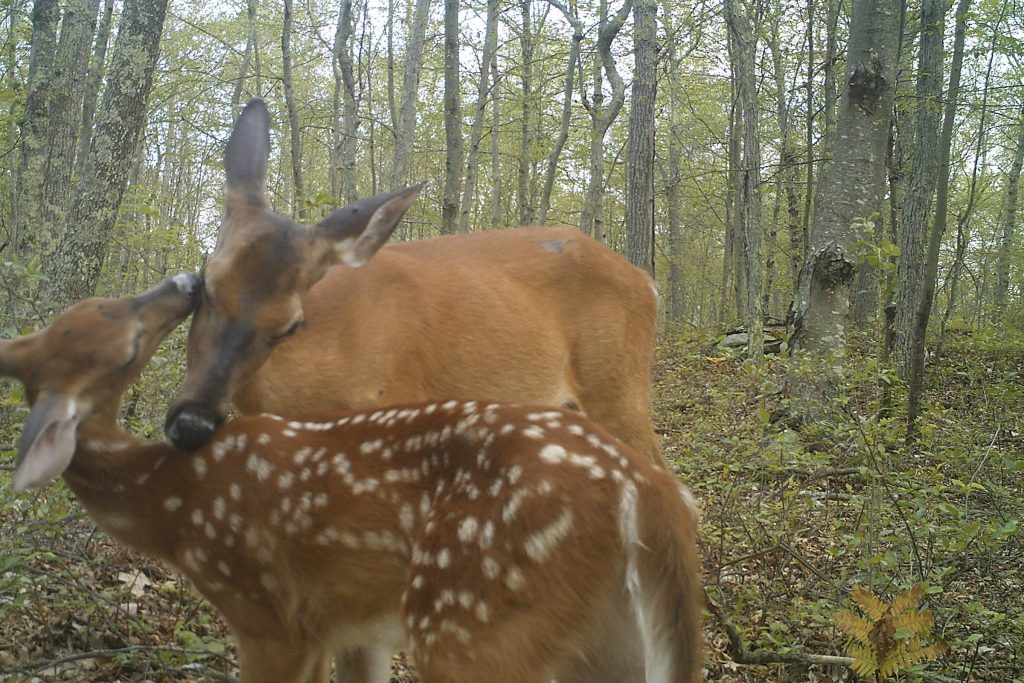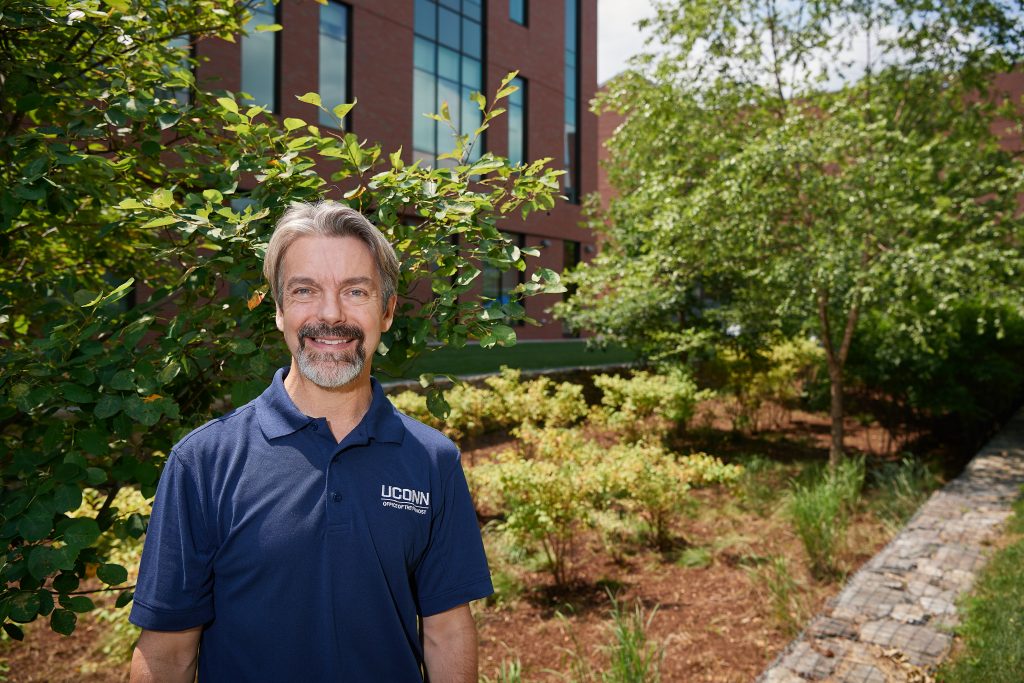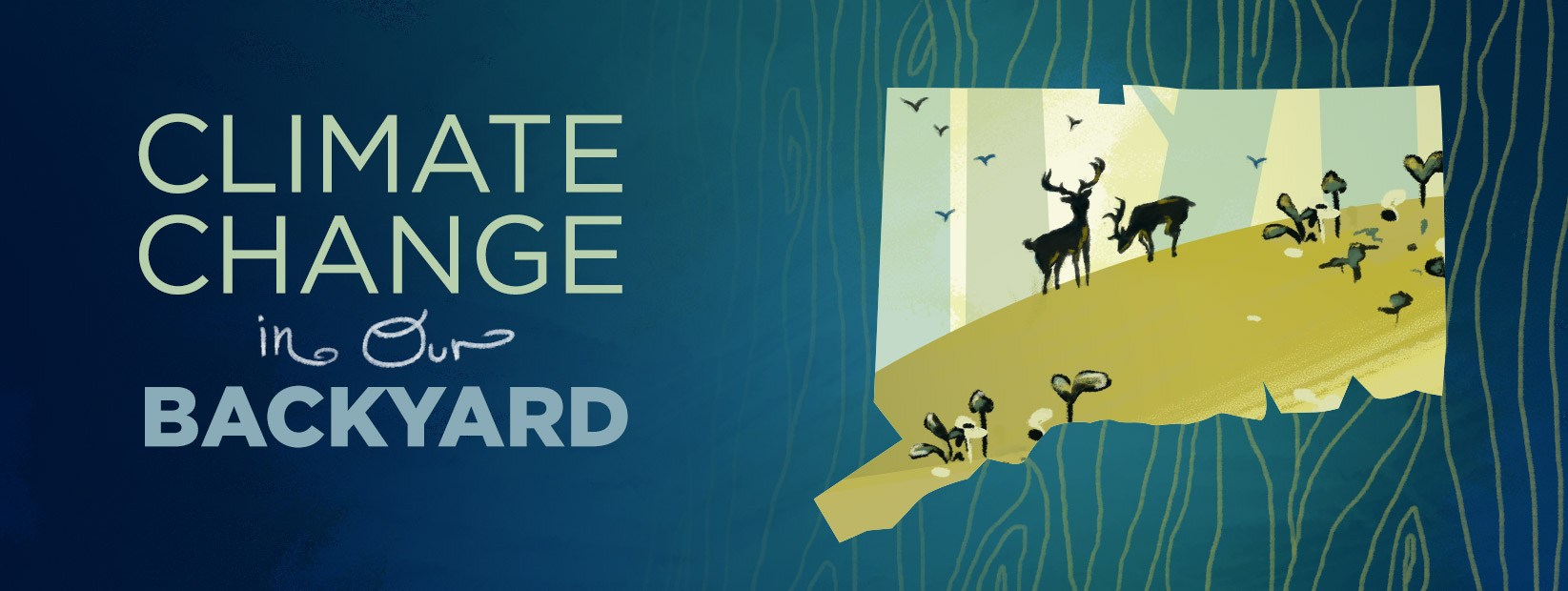
Series
Climate Change in Our Backyard
When you think of climate change, what comes to mind? Rather than drawing upon images of far-flung regions, just look out the window and you will likely see something resulting from our changing climate. This series aims to draw attention to some of the rapid transitions happening locally, and explore the many ways UConn students and researchers are investigating and responding to environmental trends around us.
Rapid Change – A Tale of Two Species
Climate change is creating winners and losers. UConn researchers are studying two Connecticut examples.
August 29, 2018 | Elaina Hancock, videos by Samantha Apgar
Changing the Landscape – Invasive Plants
Plant science professor Jessica Lubell on invasive plant species and her work to identify native species as alternatives for landscaping purposes.
August 23, 2018 | Elaina Hancock
Nature and Knowledge at Our Doorstep
Students exposed to nature, some for the first time, soon become fascinated and eager to learn more.
August 15, 2018 | Elaina Hancock
Preserving Green Spaces in Connecticut’s Changing Landscape
Smart land use management is critical in order to preserve open space, says extension educator Chester Arnold. 'It isn’t something we can go back and fix later on.'
August 9, 2018 | Elaina Hancock
Connecticut’s Forests Today a Far Cry from Towering Giants of Old
'We tend to look at deforestation in areas like the tropics, but we should also look at what is happening in our own backyard,' says researcher John Volin.
August 1, 2018 | Elaina Hancock
Camera Traps, Citizen Science, Help Track State’s Animal Populations
In order to conserve the species that are here, we have to know more about what we have. UConn researchers are collecting data on animals and birds in the state.
July 25, 2018 | Elaina Hancock
Working Toward Sustainable Solutions
Introducing a new series about UConn environmental research, vice provost John Volin says the political focus on climate change often overshadows important issues of environment and sustainability.
July 12, 2018 | John Volin, vice provost for academic affairs
